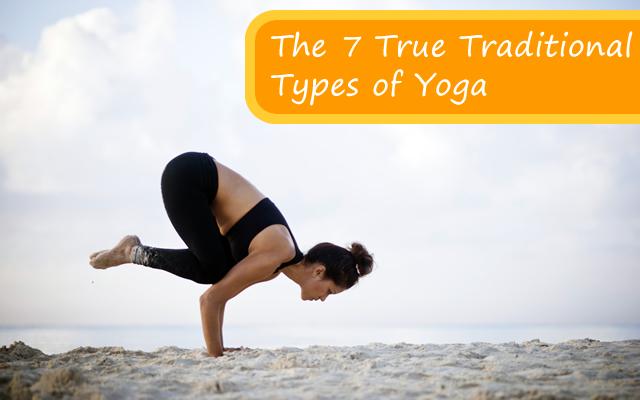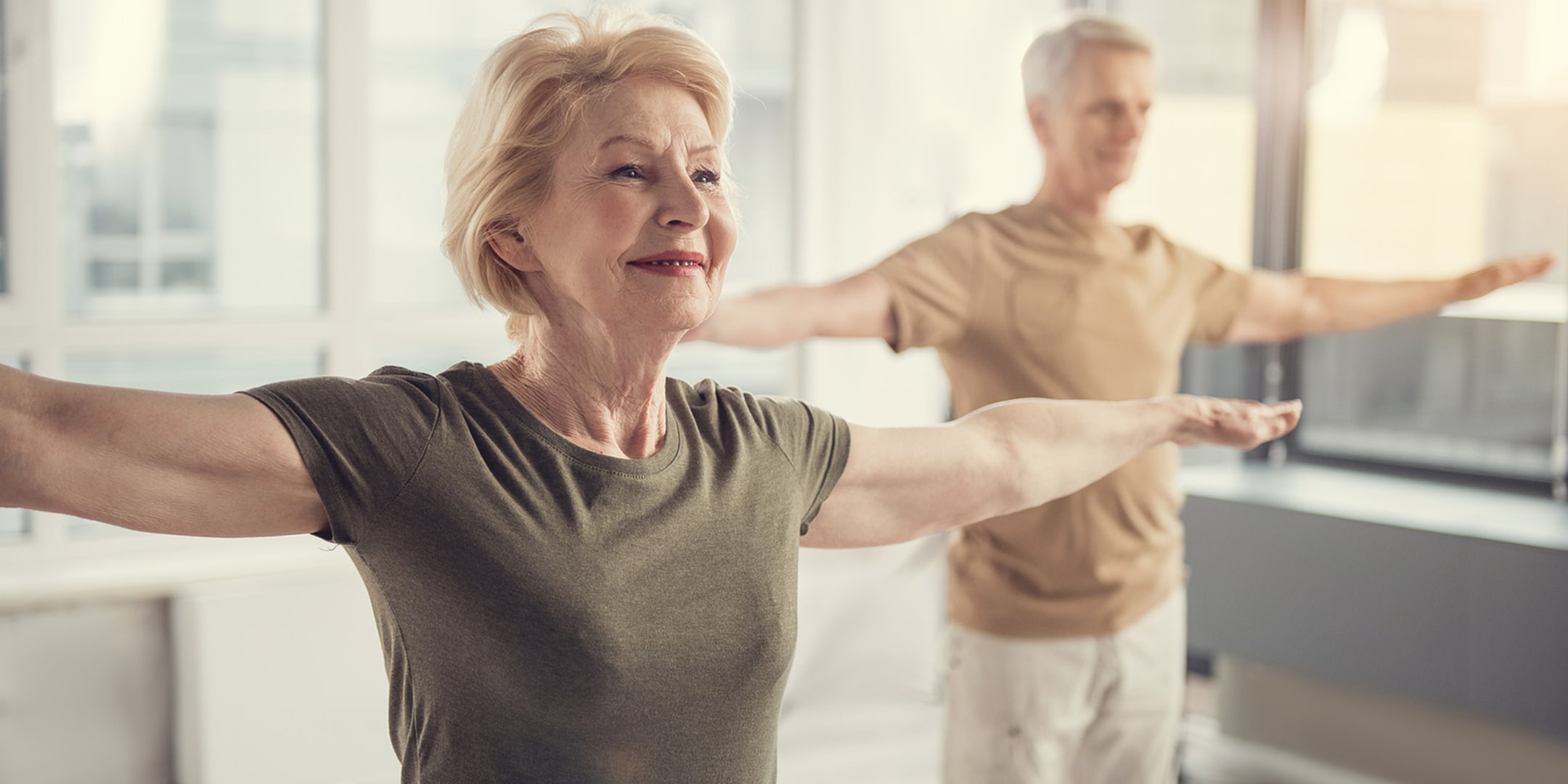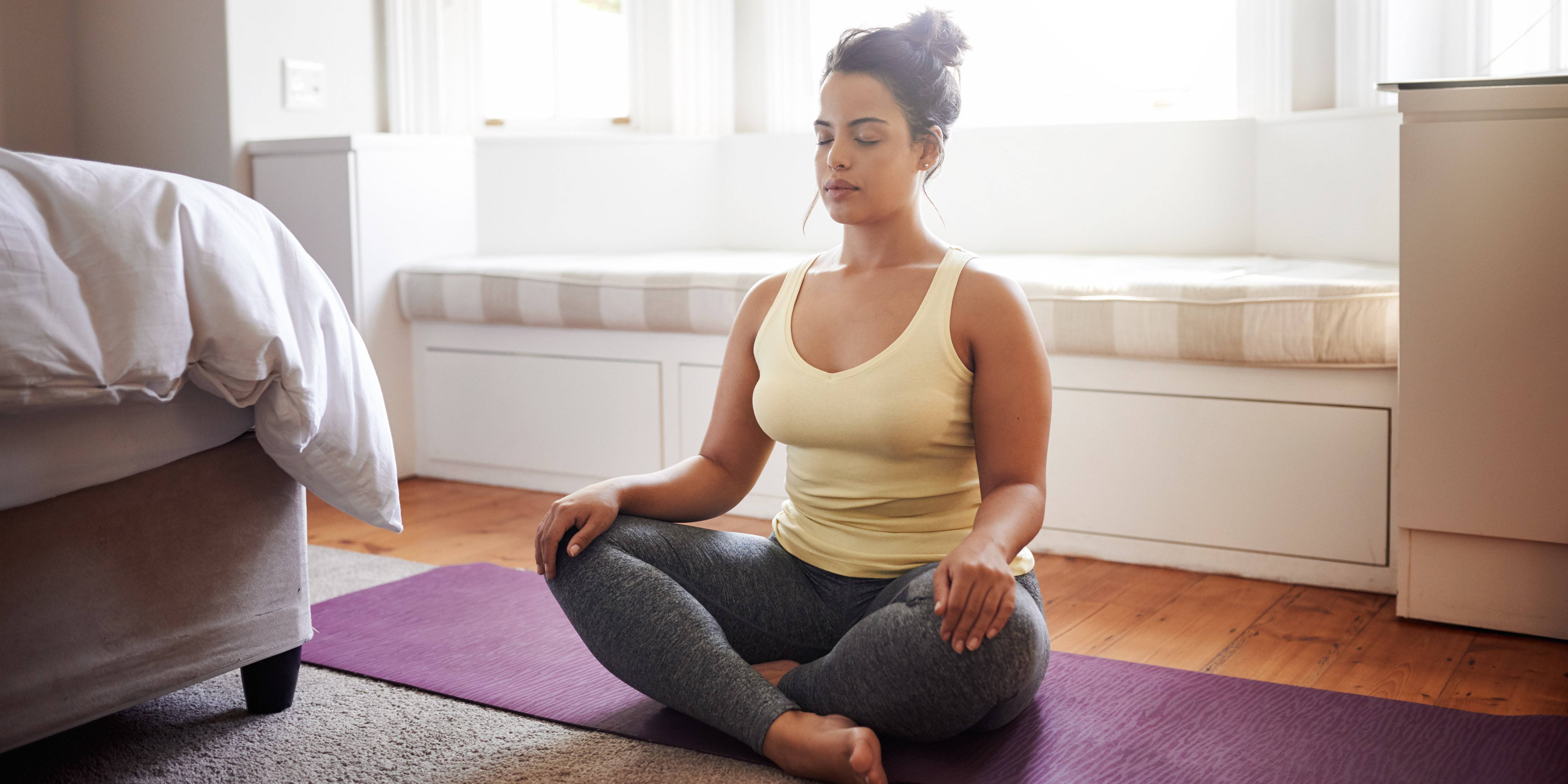
When you want to improve your thyroid condition, hypothyroidism yoga may be the solution. Yoga's benefits can be extended to every part of your body and have a wide range of benefits. It can be a safe and efficient way to improve your thyroid function. These asanas are good for hypothyroidism. Here are three of our most popular asanas that can be used to treat hypothyroidism.
Sarvangasana
Sarvangasana may be a good option for those suffering from hypothyroidism. This pose, also known as the Queen of Asanas, revitalizes blood flow to the upper-body glands and regulates metabolism. It is extremely beneficial for thyroid health. Halasana or Plow Pose is a similar posture in yoga that stimulates the thyroid gland and stretches the neck. Although the Plow Pose may be beneficial for people with hypothyroidism, it is still important to avoid this pose because it can trigger the production of thyroid hormones.
Try the shoulder-standing pose, or Sarvangasana, if you have hypothyroidism. This asana puts pressure on the thyroid gland, thereby increasing its efficiency. This will help you to recover from anxiety and stress that could lead to hypothyroidism. This pose will help to feel calmer, more rested, and calmer. Sarvangasana can be used to treat hypothyroidism, but it is not like medication.

Ustrasana
Ustrasana Yoga is one of many great ways to treat hypothyroidism. This is also known to be the camel pose. This posture improves blood circulation and stimulates the thyroid gland. To do this pose, lie on your back and bend your neck. Now, while you're seated, reach up and touch your heels. For several seconds, hold this position. Slowly lower your body to the floor, and then repeat the process as many times as you can.
The second asana to do for hypothyroidism is wheel pose, also known as gentle neck twists. To do this, lie on your back, bend at the knees, and lift your heels off the ground. In this position you will be able stretch your neck and throat as well as your entire spine. Your hands should be on the ground with your fingers pointed toward your shoulders.
Halasana
You may find Halasana yoga beneficial if you have hypothyroidism. This exercise can help promote healthy circulation to your thyroid gland and ease neck tension. These yoga postures can improve the overall health and well-being of your spine as well as your abdominal muscles. They can be beneficial for hypothyroidism. But, they should be avoided if you're pregnant or have been injured. This pose is challenging, but it is highly recommended for anyone suffering from hypothyroidism.
For a few minutes, inhale deeply. Keep doing this several times. It will encourage your body to produce more thyroid hormones. A vital aspect of Halasana yoga to treat hypothyroidism includes strengthening the abdominal muscles. Increased blood flow to thyroid gland can make you more energetic and reduce fatigue. This exercise can also improve your memory power. This pose should not be done if you have back pain.

Urdhva Dhanurasana
Yoga is an option if you suffer from hypothyroidism. This inverted version, Dhanurasana, is a great place for beginners. This pose stimulates the thyroid gland by elevating your body from your waist and neck to an upright position. These postures have many benefits. They strengthen the abdominal muscles, and improve blood flow to your thyroid.
If you do the pose correctly, it can help decrease hypothyroid symptoms. The first thing you should do is to ensure that your shoulders, neck, and shoulders are fully flexible. You can use a strap to increase the range of motion if your arms are tight. In addition, keep your feet parallel. You can use blocks to help keep your feet from turning out during this pose. Place the blocks at either end of your thighs and press your feet into the blocks.
FAQ
What is a good gym routine for you?
You must exercise regularly to stay fit. It doesn't make a difference what kind of activity you choose. As long as you do it often, it will be beneficial. Consistency and consistency are the keys to success. You must be consistent if you are to see results.
Begin by walking for a few minutes each day. Increase the time you spend exercising each day until you can do 30 minutes. This could be running, biking, swimming or weight training.
It's important that you get your exercise done every day. Don't miss any sessions unless you have an excuse.
Wear appropriate clothing and footwear when exercising outdoors. Weather conditions can also affect your ability and safety to exercise.
When you exercise, drink plenty of fluids. Drinking alcohol during exercise can cause dehydration. Avoid caffeinated drinks, such as coffee, tea and cola. They may give you energy, but they will also dehydrate you.
You might feel tired when you start to exercise for the first time. Keep going with your workouts and you'll soon feel more energized.
How Metabolic health is key to aging well
Today's people live longer than ever before. But as they do, they're also getting sicker. Even though we have made significant advances in medical science it is becoming clearer that our current approach doesn't work.
We need to change how we think about health and aging. To achieve healthy aging, we must look at metabolic health as more than just weight loss. It is also important to consider overall wellness.
If you want to live a healthy, active lifestyle for the rest of your life, it is important to maintain a strong metabolism throughout your entire life.
The good news? There are many things you can do to improve your metabolism. One way is to include these 7 foods in your diet.
-
Resveratrol is a component of blueberries that has been proven to improve cellular longevity. They also contain vitamins C & E, as well as antioxidants.
-
Beans such as pinto beans and lentils provide excellent fiber and plant protein. These nutrients help maintain blood sugar levels so they don’t spike and fall.
-
Broccoli's sulforaphane has been shown to protect DNA from damage in research. It may even slow down cancer growth.
-
Chia Seeds have high levels of omega-3 fatty oils and fiber. They are also rich in antioxidants, protein, and fiber. These nutrients promote gut health, brain function and heart health.
-
Green Tea contains polyphenols called caechins. Studies show that catechins in green Tea can reduce the risk of developing diabetes, stroke, cognitive decline, and bone fractures.
-
Salmonis packed with vitamin D, low in saturatedfat and one of best sources of lean meat.
-
Walnuts contain omega-3s and antioxidants like alpha lipoic acid (ALA). ALA is an antioxidant that protects against inflammation. It also boosts energy production.
How many calories should I consume daily?
The exact amount varies depending on the person. On average, 2000 to 2500 calories are consumed per day. The factors that determine how many calories are needed for you include your gender, age, height, activity level, lifestyle, and gender.
What is the best exercise for men over 40 years old?
For older men, the best workout usually gives them more energy and improves their stamina.
It is important to remember that most people over 40 experience a decline in testosterone, leading to lower sex drive.
This does not mean that you should stop engaging in physical activity. There are many studies that show regular aerobic exercise can raise testosterone in some men.
So, if you want to improve your sexual performance, you can start with an aerobics routine.
Statistics
- According to the American Academy of Dermatology (AAD), men over 50 are at a heightened risk of developing it. (healthline.com)
- Candidates and applicants must pass all four tests at 70% (minimum level) to graduate from Basic Deputy U.S. Marshal (BDUSM) Training. (usmarshals.gov)
- Are You One of the 20% of Guys (mh.co.za)
- Get free shipping and 25% off today. (healthline.com)
- Cardmembers earn 5% Back at Amazon.com with a Prime Credit Card. (amazon.com)
External Links
How To
What nutrients does a man require daily?
For healthy growth and development, men need to eat a balanced diet. Vitamins, minerals, vitamins, nutrients, carbohydrates, fats and fiber are all essential for the body.
The male body also requires specific nutrients at different times throughout the day. Your body makes hormones, antibodies and enzymes when you are asleep. Protein is needed to build muscles and repair tissue damaged when you wake up.
At night, your body breaks down fat and stores the extra energy as glycogen. During this time, your body needs fewer calories but still needs sufficient nutrients. You can have a snack at night if you feel hungry.
When you work out, you need adequate levels of carbs and protein to fuel your muscles. Muscle soreness can occur if you work out hard.
To prevent this, you should eat carbs as well as protein within the first two hours after training. To get energy from glucose, your body will start to degrade stored glycogen.
Additionally, it is important to eat protein right away after your workouts are over. This prevents muscle tissue from being broken down while you are sleeping.
Your body can produce lactic acid during intense physical activity. Your body can build up lactic acid in the bloodstream which causes fatigue. To avoid this, you should eat foods rich in carbohydrates, such as fruits and vegetables.
Carbohydrates are a good source of energy to help you recover from hard exercise.
A healthy diet should include lean meats such as fish, eggs and milk, cheese, yogurts, beans, seeds, nuts, and beans.
All of these foods contain high-quality protein. Protein promotes muscle growth and repairs damaged tissues. Protein provides the amino acid your body needs for testosterone and sexhormone production.
You also need enough dietary fats to maintain good skin, hair, nails, and joints. Healthy men need between 20% - 35% of the total caloric intake to be fat.
Fat helps protect your heart health and prevents cancer. Your brain also functions properly thanks to fat.
You can get the majority of the fats that you need from vegetable oils such as soybean oil.
These oils are rich in monounsaturated essential fatty acids (MUFAs). MUFAs lower cholesterol and decrease inflammation. They protect your cells and prevent damage from free radicals.
Saturated fats (SFAs), are found mainly in animal products such as meat, milk products, and butter. SFAs can raise LDL ("bad") cholesterol levels and increase triglycerides. They can also increase weight and reduce belly fat.
Polyunsaturated oil (PUFAs), which are plant-based, can be found in vegetable oils, nuts seeds, grains, and other plant-based products. PUFAs reduce inflammation and improve cardiovascular function. They also reduce blood sugar, cholesterol, and other inflammatory factors.
Low HDL ("good") cholesterol can lead to erectile problems in men. Saturated fats are a major source of bad cholesterol. This lowers good cholesterol.
Because of the high levels of nitrates in red meat and pork, men with prostate problems may eat more of them. When cooked at high temperatures, nitrates can be converted to nitrosamines. These compounds can lead to cancer.
Most processed meats contain nitrites and other harmful chemicals. These chemicals should be avoided.
The American Heart Association recommends limiting red meat intake to two meals per week. Instead, choose poultry or fish, beans, tofu and whole grain bread.